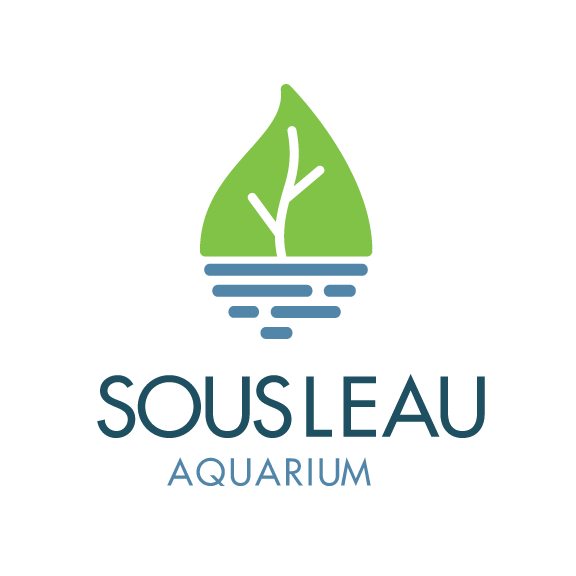Aquascaping is a stimulating and pleasant type of aquarium keeping that necessitates skill and expertise.
This exciting activity is a great way to craft an underwater paradise in your aquarium. You will need to carefully choose among plants, substrates, hardscapes, and fertilizers that come together to form a stunning aquatic environment. Here we'll discuss the various techniques of aquascaping as well as provide helpful hints on how you can create an amazing aquascape that endures for years. We anticipate you'll enjoy the experience of producing your own living underwater wonderland!
Aquascaping Basics: Learn about the basics of aquascaping, including aquascape design, aquarium plants, substrate materials and hardscape
Creating an aquarium landscape through aquascaping is a great way to express one's creativity and bring natural beauty into the home. The goal of this artform is to develop a balanced ecosystem for any fish that may live there, while also creating an aesthetically pleasing display.
There are several distinct styles from which to choose such as
Dutch-style with lush green plants

Nature Aquarium style featuring hardscapes

Iwagumi style with large stones as its main attraction

Each style can be further tailored by selecting different substrates like sand or gravel, clay pellets or soil. Plants are essential for any successful setup as they provide oxygen for animals living in the tank, create shade areas within it and absorb excess nutrients from the water column which stabilizes parameters over time; live plants have been found to reduce stress levels in fish compared to artificial ones so it’s highly recommended that you use them when possible.
Hardscape materials such as rocks or driftwood not only help break up open space but also give shy inhabitants places where they can hide safely; when choosing these elements make sure they don't contain sharp edges that could harm any living creatures inside!
Fertilizing an Aquarium: Understand the importance of fertilizing your aquarium with the right type of fertilizer to ensure healthy plant growth
Fertilizing an aquarium is a key element for any aquascaping set-up, as fertilizers full of nutrients can help keep plants looking their best. There are many options when it comes to fertilizer, such as liquid and pelletized varieties, so be sure to research your tank's needs before making a choice. Depending on the size and complexity of the setup, multiple fertilizers or combinations may be necessary for optimal results.
It is important to factor in water parameters (pH levels), light intensity, substrate type (gravel, sand or aquasoil), and plant species when selecting fertilizer for an aquarium tank. Additionally, individual plant species require different amounts of nutrients; make sure you select a product that meets each one's requirements.
Add too much fertilizer can lead to algal blooms while not enough might lead to deficiencies in essential nutrients. Generally speaking, liquid fertilizers should be administered weekly while pelletized products should follow the manufacturer's instructions on how often they need to be applied - usually every two weeks or so..
Finally, regularly testing your water parameters will give you insight into nutrient levels within your tank environment which allows adjustments if needed; this way you'll get lush green foliage from happy healthy aquatic plants!
Conclusion
In summary, aquascaping is a fantastic way to make your tank look incredible. With proper planning and some ingenuity, you can construct an unbeatable underwater environment that will be admired for years by yourself and the people around you. Selecting the right plants, substrate components, hardscape materials and fertilizers are all key factors in creating a unique masterpiece - one that will unquestionably bring much pleasure to anyone who sees it!
